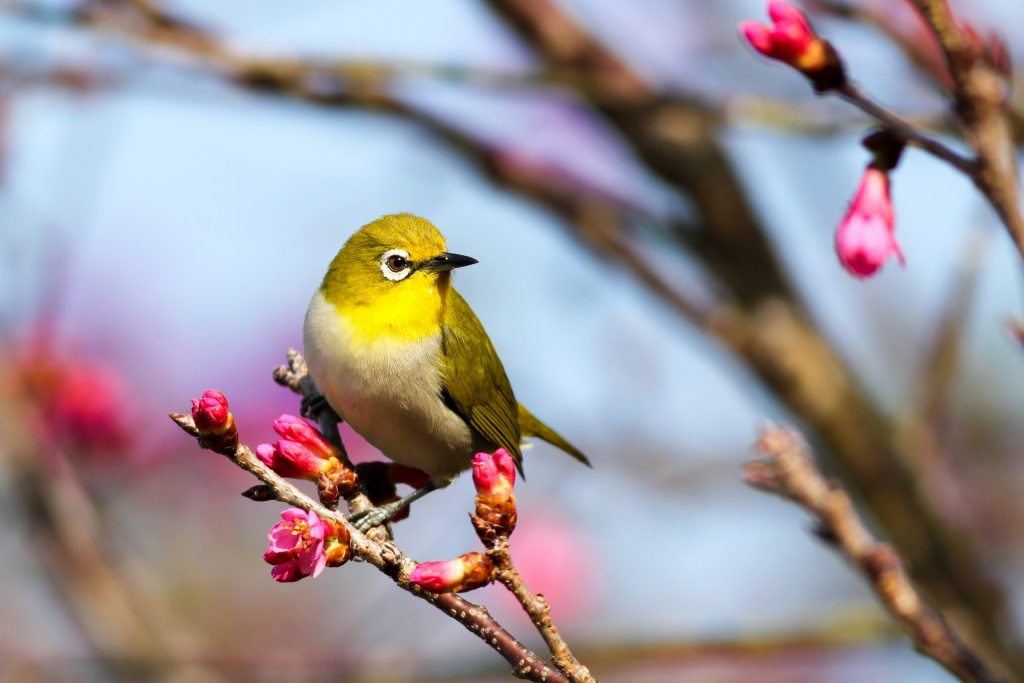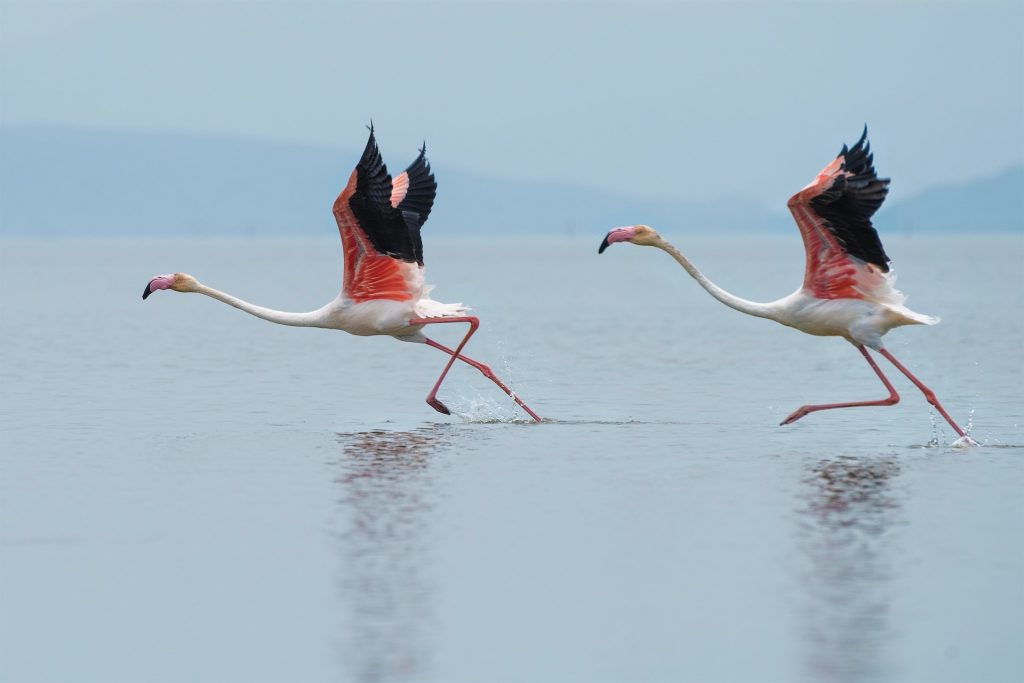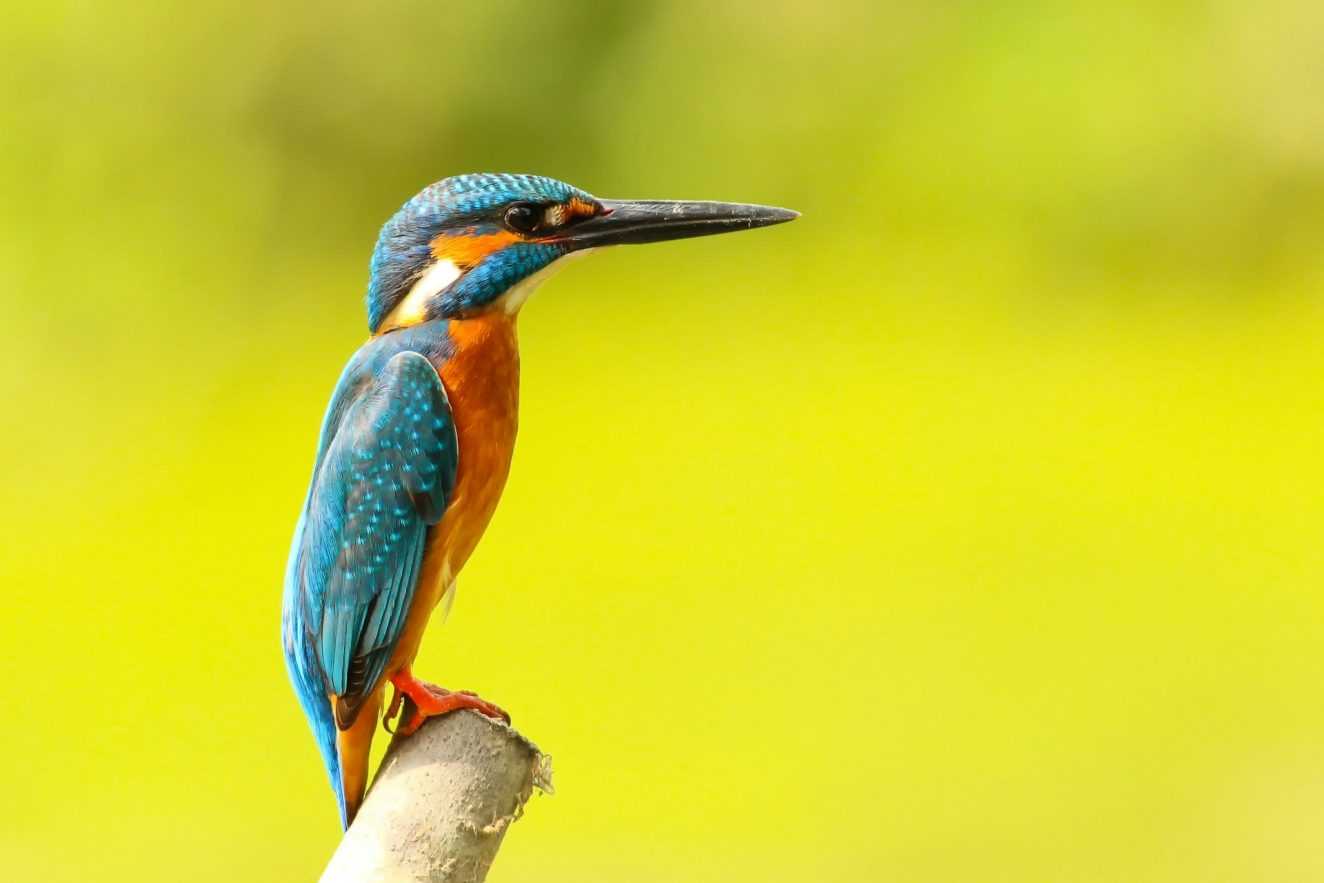In the vast tapestry of the animal kingdom, birds stand as enchanting emissaries of the skies. From the vibrant plumage of tropical parrots to the majestic soar of eagles, the world of avian anatomy and physiology unfolds in a captivating symphony. Whether you’re a novice bird watcher or a seasoned ornithologist, delving into the basics of avian biology promises to reveal a world of fascinating adaptations and marvels.

The Bird’s Blueprint
A defining feature of avian anatomy is the lightweight skeleton designed for the challenges of flight. Hollow bones, fused vertebrae, and a keel—the extension of the breastbone—provide structural support while minimizing weight. Powerful flight muscles, often constituting a significant portion of a bird’s body mass, orchestrate the complex wing movements necessary for aerial maneuvers.
Feathers and Molting
The intricate world of feathers extends beyond mere adornment. Feathers serve critical functions, from insulation and waterproofing to streamlined aerodynamics. Contour feathers, with their sleek design, streamline the bird’s body during flight, while down feathers create a cozy insulation layer beneath. Molting, the cyclical process of feather shedding and regrowth, ensures that a bird’s plumage remains in optimal condition.
Respiratory Mastery
The unique avian respiratory system is a marvel of efficiency. Birds boast a system of air sacs that allow for a continuous flow of air through the lungs, ensuring a constant supply of oxygen during both inhalation and exhalation. This design maximizes oxygen exchange, vital for the high metabolic demands of flight. The intricate airway network extends even into the bones, contributing to the overall lightweight design.

High-Octave Harmony
The diversity of avian vocalizations transcends mere bird calls. From the melodic tunes of songbirds to the haunting cries of raptors, bird vocalizations serve multifaceted purposes. Songbirds use complex songs for mating rituals and territory defense, while others communicate through distinctive calls. The anatomy of the syrinx, a unique avian vocal organ, contributes to the vast array of sounds that make up the avian symphony.
Navigating with Precision
Birds exhibit remarkable navigation skills during migration, a feat often attributed to their ability to perceive Earth’s magnetic field. Researchers believe that birds possess specialized cells containing magnetic particles, possibly located in their beaks, providing them with an internal compass. This innate GPS, coupled with visual cues and celestial navigation, allows birds to embark on awe-inspiring migratory journeys.
Adaptations for Aerial Mastery
The ability to fly has propelled birds into diverse ecological niches. Various wing shapes and sizes cater to specific flight strategies. Raptors, with their broad wings, excel in soaring and gliding, while swifts and swallows showcase long, pointed wings for agile aerial pursuits. Understanding the intricacies of wing morphology unveils the evolutionary adaptations that have shaped birds into the unparalleled masters of the sky.
Avian Reproduction and Nesting
The reproductive journey of birds is a tale of resilience and devotion. Birds lay amniotic eggs, encased in protective shells, representing a pivotal adaptation to terrestrial life. Nesting behaviors vary widely, from the elaborate constructions of weaverbirds to the minimalist scrapes of shorebirds. Avian parental care ranges from the meticulous feeding of chicks by songbirds to the vigilant guardianship of raptor nests.

In the grand theater of nature, birds emerge as performers in a symphony of adaptation and survival. The harmony of lightweight skeletons, intricate feathers, and aero-efficient respiratory systems culminates in the soaring ballet of flight. From the magnetic poetry of migration to the vocal sonnets echoing through forests, birds unveil a captivating saga of biological wonders. Whether you’re an avian enthusiast seeking a deeper understanding or a casual observer inspired by the grace of flight, the world of avian anatomy and physiology invites you to explore its soaring finale.





